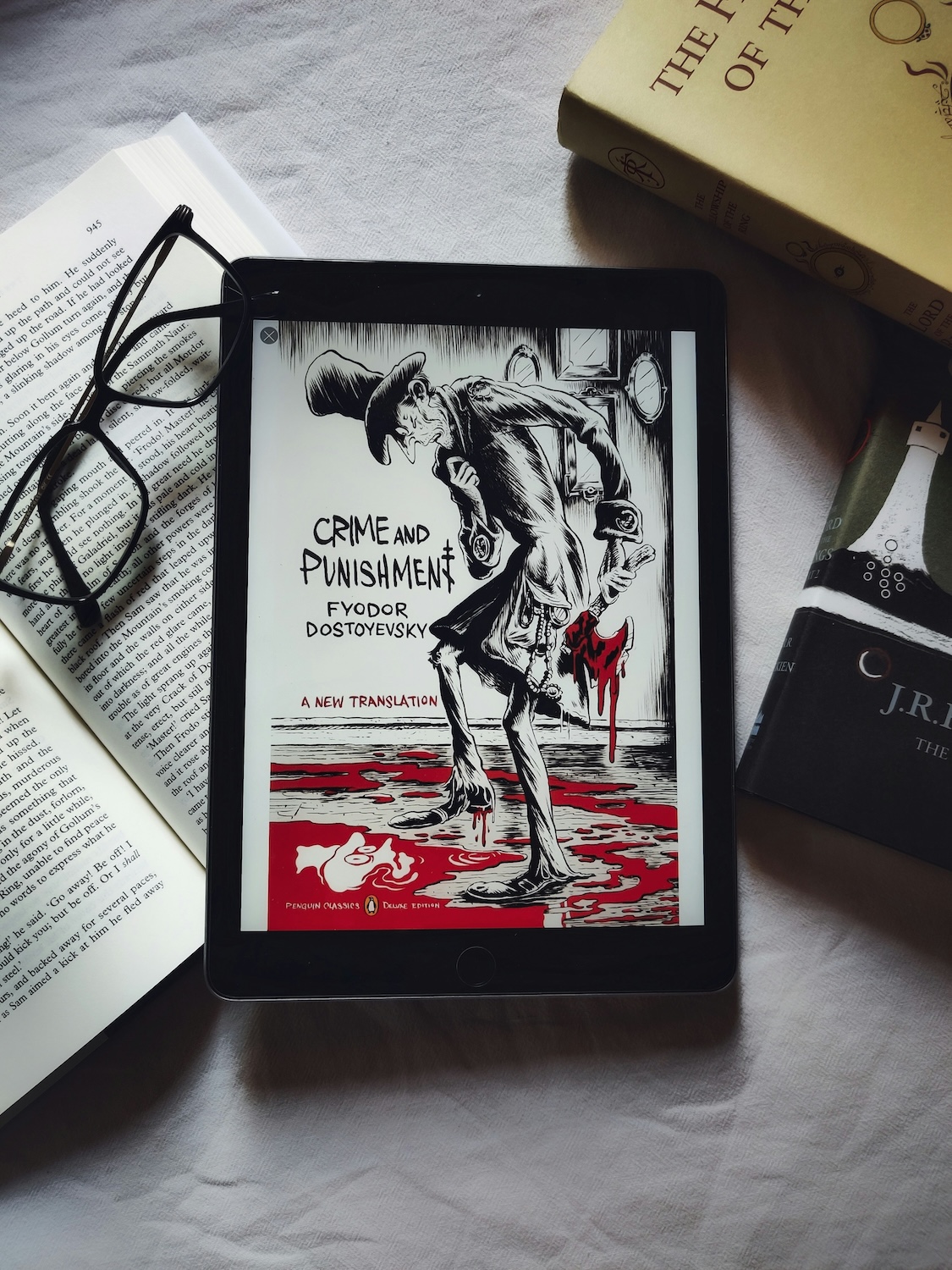Your cart is currently empty!

Mastering the Art of Crime Fiction Writing: Techniques from Top Authors
Crime fiction writing is a captivating genre that allows authors to explore the depths of human nature while weaving intricate plots filled with suspense and intrigue. From creating compelling characters to crafting clever twists, mastering the art of crime fiction writing requires skill, creativity, and attention to detail. In this article, we’ll delve into some key techniques used by top authors in the genre to create gripping and immersive stories that keep readers on the edge of their seats.
Character Development
One of the hallmarks of successful crime fiction is the creation of memorable and multi-dimensional characters. Authors like Tana French, known for her Dublin Murder Squad series, excel at crafting complex protagonists and antagonists with rich inner lives and compelling motivations. By delving into the psychological depths of their characters, writers can create a sense of empathy and understanding that draws readers into the story.
Plotting and Pacing
Effective plotting is essential in crime fiction, where the stakes are high and the tension is palpable. Authors like Michael Connelly, creator of the Harry Bosch series, are masters of pacing, gradually building suspense and escalating the stakes with each twist and turn. By carefully structuring their narratives and strategically revealing information, writers can keep readers guessing until the very end.
Research and Authenticity
Authenticity is key in crime fiction, where accuracy and attention to detail can make or break the reader’s immersion in the story. Authors like Patricia Cornwell, renowned for her forensic thriller series featuring medical examiner Dr. Kay Scarpetta, conduct extensive research to ensure that their portrayals of investigative procedures and forensic science are realistic and credible. By grounding their stories in reality, writers can create a sense of authenticity that enhances the reader’s experience.
Atmosphere and Setting
The setting plays a crucial role in crime fiction, serving as a backdrop for the action and evoking mood and atmosphere. Authors like Dennis Lehane, known for his gritty Boston-based novels such as “Mystic River” and “Gone, Baby, Gone,” excel at creating vivid and atmospheric settings that become integral to the story. By immersing readers in richly detailed environments, writers can enhance the mood and tone of their narratives.
Crafting Twists and Turns
One of the hallmarks of a great crime fiction novel is its ability to surprise and confound readers with unexpected plot twists and turns. Authors like Gillian Flynn, author of “Gone Girl,” are experts at crafting narratives filled with shocking revelations and clever misdirection. By subverting expectations and keeping readers guessing, writers can create a sense of suspense and uncertainty that compels them to keep turning the pages.
Crime fiction writing is a nuanced and challenging art form that requires skill, creativity, and attention to detail. By studying the techniques employed by top authors in the genre, aspiring writers can learn valuable insights into crafting compelling characters, plotting suspenseful narratives, and creating immersive settings. Whether you’re a seasoned pro or just starting out, mastering the art of crime fiction writing is a journey worth undertaking, and with dedication and perseverance, anyone can unlock the secrets to creating gripping and unforgettable stories.
Looking for a new crime author to read? Check out my books: Moneymaker, The False Favorite and Slurry!
by
Subscribe
Enter your email address to stay updated on new books. We only send a couple emails per year, and only for important updates.
